Its neat, easy and a staggering 2bn global market. But as plastic grass takes over our cities, some say that its green only in colour
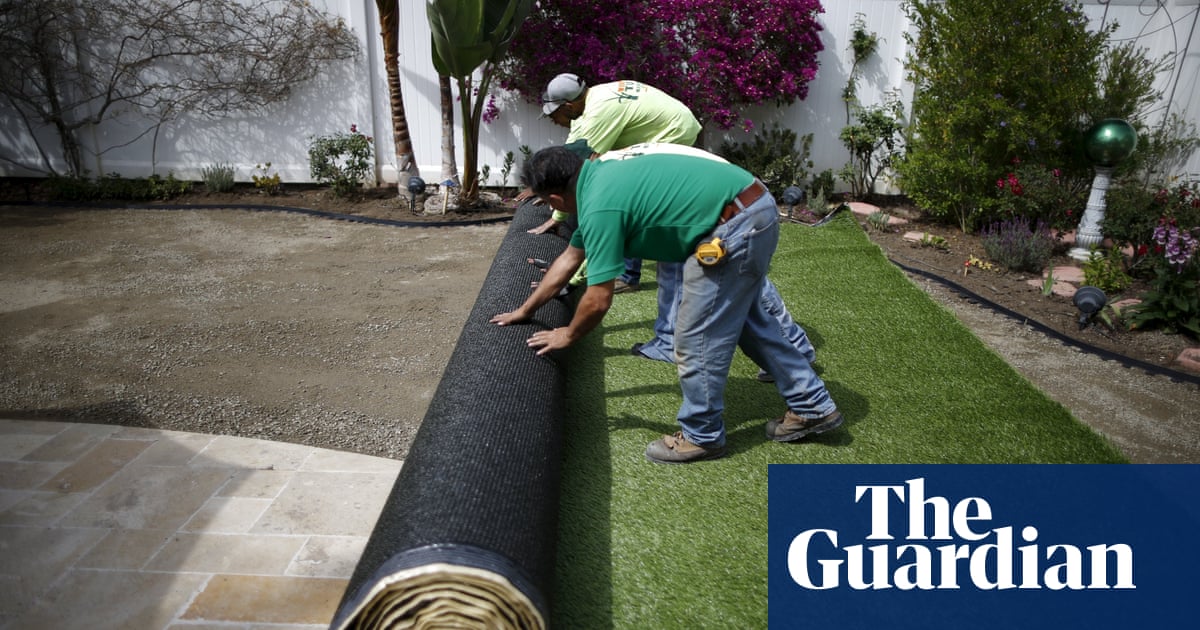
If your attention during the Womens World Cup was on the pitch rather than the players, you might have noticed that the matches were all played on real grass. That was a hard-won change, made after the US team complained to Fifa that they sustained more injuries on artificial turf.
In private gardens, however, the opposite trend is happening: British gardens are being dug up and replaced with plastic grass. But this isnt the flaky, fading stuff on which oranges were once displayed at the greengrocer. Todays artificial grass is nearly identical to the real thing.
With products named after beautiful places Lake District, Valencia modern artificial turf mimics not just the mottled colouring and shape of grass blades, but the warm springiness of earth.
Unlike the grass itself, the market is growing. Dozens of specialist firms now market fake grass as a replacement for garden lawns. UK sales surged during last years record summer temperatures, according to the industry journal Hortweek, while a report by Up Market Research valued the global market at $2.5bn (2bn) in 2016 and forecasts a staggering rise to $5.8bn by 2023.
Andy Driver, sales and marketing director for the artificial turf supplier Evergreens UK, says that as artificial grass has become much cheaper and more realistic, it now appeals to a wide range of people: city residents with shaded gardens where grass doesnt grow well, or to carpet urban rooftops and balconies; families with children or dogs who dont want a muddy mess; older or disabled people who struggle to maintain a garden; schools and nurseries where playgrounds get heavy use.
For many people, he says, there is a social pressure to keep up with the Joneses by having a perfectly trimmed, green lawn all year round.
Perhaps aware of another kind of social pressure, some firms pitch their products as eco-friendly alternatives.
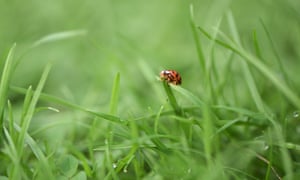
For example, Royal Grass says its environmentally friendly turf, called Eco-Sense, is recyclable (in other words, cradle-to-cradle) and declares that it has the look and feel of natural grass, but outperforms its natural source of inspiration: Green is a premium goal in our quest on how we can make our artificial grass more sustainable. This starts at the beginning of the process, with the careful selection of the raw materials that are used to produce the grass blades.
But while the fake grass might indeed be greener, at least in colour, its environmental impacts are difficult to gloss over.
Paul Hetherington, fundraising director for the charity Buglife, says artificial turf is far from an eco-friendly alternative to natural grass.
It blocks access to the soil beneath for burrowing insects, such as solitary bees, and the ground above for soil dwellers such as worms, which will be starved of food beneath it, he says. It provides food for absolutely no living creatures.
This is a particular concern in view of the dramatic global decline in insect species. The UK is on course to miss its own targets for protecting its natural spaces, and has lost 97% of its wildflower meadows in a single generation.
It is not just wildlife that artificial turf affects. The Committee on Climate Change recommends rewilding a huge area of UK land and growing many more trees to help tackle global heating by storing carbon. Not only does fake grass have no climate benefits, but producing the plastic emits carbon and uses fossil fuels.
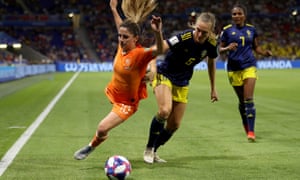
The common practice of replacing soil with sand to provide a more stable bed for the fake grass also releases even more CO2 stored in the earth, according to David Elliott, chief executive of tree-planting charity Trees for Cities.
There is also the matter of microplastics: the tiny particles of plastic that have made their way throughout the globe, and are present in our food, water and even the air.
Evergreen UKs turf is made mainly of polyethylene, with polypropylene and polyamide for some purposes. Driver claims the microplastics problem does not affect the artificial grass industry because it doesnt sell single-use products. Our products dont degrade, weve always not had it as an issue, basically. He adds that products from legitimate firms conform to standards set by the industry.
Madeleine Berg, project manager at the environmental charity Fidra, counters that most plastics are likely to contribute to microplastics through physical and chemical degradation, such as being stepped on and exposed to constant sunlight. You would be hard-pressed to say that you have created a product which doesnt shed anything, says Berg.
There are also growing concerns about the impact of the synthetic chemicals that are added to artificial grass on human health and the environment. The EU has been investigating specialist artificial turf used on sports fields for suspected carcinogens, and is considering banning intentionally added microplastics. While these are different products to those sold to home gardeners, Berg says artificial pitches are sometimes reused for landscaping.
And what happens to fake grass when it reaches the end of its life in 10-20 years?
Unlike Royal Grass, Evergreens UK doesnt market itself as eco-friendly, a term Driver calls a little bit misleading, but he is keen to stress that his companys products can be recycled. However, this can only be done at specialist plants in Europe and it is doubtful that many customers would go the extra mile.
Guy Barter, chief horticulturist at the Royal Horticultural Society (RHS), says there is a place for artificial turf as an alternative to paving slabs, gravel and particularly concrete, which is its own environmental nightmare. Hard landscaping can be very expensive, and people fancy a bit of green in a small garden. Weve even laid a bit [of artificial grass] ourselves.
But I dont think that for all but specialised purposes that it really compares with [real] grass. Not only does it not provide any of the environmental benefits of grass like soaking up moisture, home for insects, feeding birds, self-sustaining its life isnt that long. It gets trampled on and quite soon looks poor. It cant be relaid or reseeded; it has to be rolled up, lifted and sent to landfill.
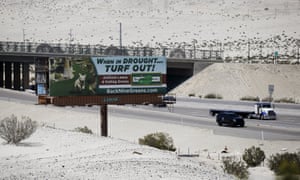
Barter concedes that the root of the problem is social pressure for a perfect green lawn.
In the mindset of the British public you havent really got a garden unless youve got a lawn, he says. And I think a lot of people are put off by lawns because theres so much quite confusing technical speak around it like mowing, feeding, weeding, moss control and overseeding. A lot of people just arent interested they dont have time in their busy lives.
There are some environmental benefits to using artificial grass. Unlike a real lawn, fake grass doesnt need to be mowed which some people do with electric or fossil fuel mowers or watered, which is a serious consideration as the UK anticipates increasing water stress due to the climate crisis.
Nor does it require fertilisers or herbicides, some of which have been subject to huge controversy, to achieve a uniform look.
But lawns can also be maintained without those negative practices and products, and the soil loss problem is real: the RHS Greening Grey Britain survey has found a threefold rise in the number of front gardens that have been paved over.
Barter also challenges the idea that artificial turf is maintenance-free, saying it still needs to be cleaned of litter and moss growth, and some owners have simply replaced mowing with vacuuming.
There are better solutions that would give people more pleasure than just looking out at this sheet of slowly degrading plastic, he says.
He suggests planting shady front gardens with tolerant shrubs, such as evergreen bushes: these provide greenery all year round, need little maintenance, suppress weeds, offer food for wildlife and places for birds to nest, and give hedgehogs and frogs cover to travel safely in urban streets. After all, we are supposed to be a nation of gardeners.
To Trevor Dines, botanical specialist for charity Plantlife, the popularity of artificial grass shows how disconnected we have become from the natural world. Whenever I see artificial grass my heart sinks more nature smothered by more plastic. Where once we were famed for our lawns, we now opt for artificial, low-maintenance solutions.
This is not just to the detriment of wildlife but to us, too; children cant make a daisy-chain on a plastic lawn.
Follow Guardian Cities on Twitter, Facebook and Instagram to join the discussion, catch up on our best stories or sign up for our weekly newsletter

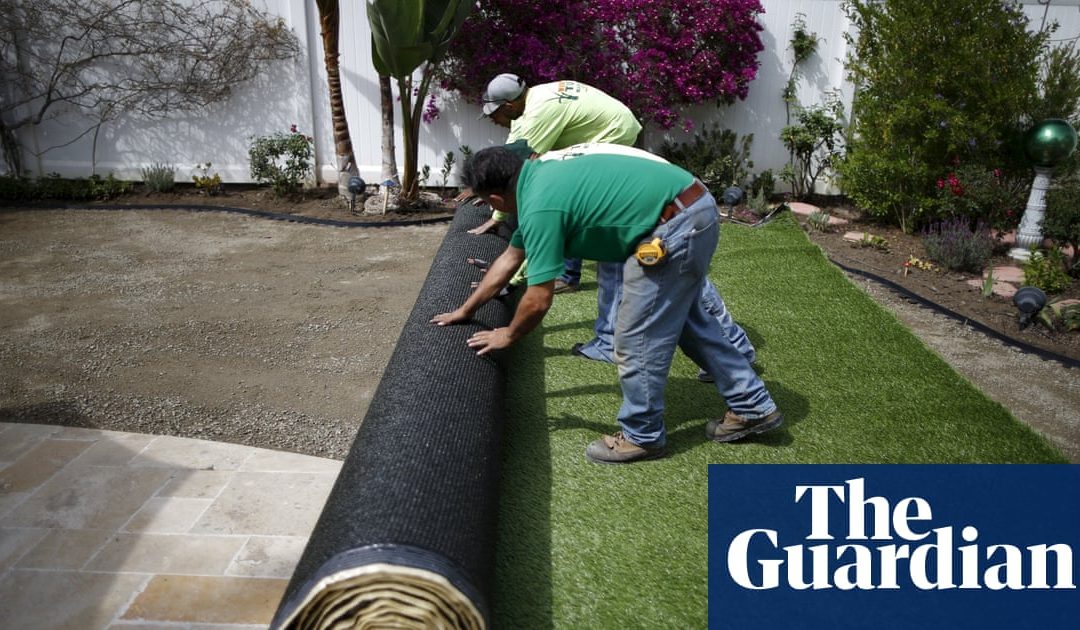
Recent Comments